Beautiful Plants For Your Interior
20 Common Garden Weeds Found in The UK
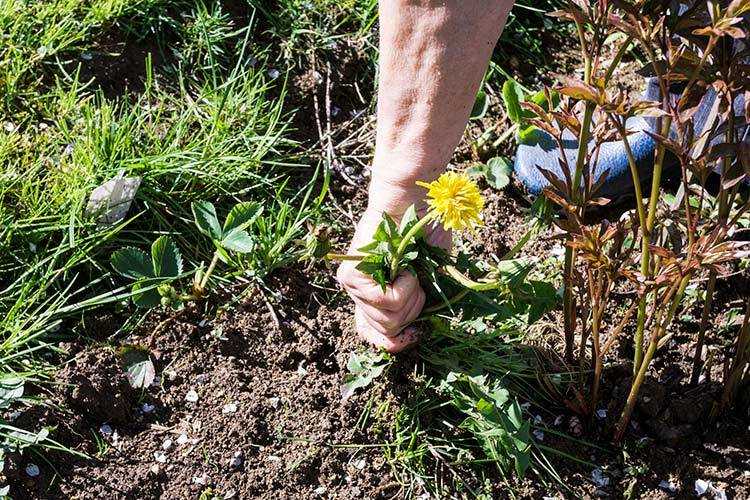
If you have a garden or an allotment, then you are probably well aware of many of the common garden weeds found in the UK. Some you recognise some you may not. While each of these plants has its unique characteristics, they all share some common traits.
Listed below are 20 of the most common garden weeds found in the UK. Some of these common weeds you will no doubt have to contend with at one time or another, don’t be put off though all gardens have weeds.
Read more to learn how to identify each of them and how to best control them.
There are basically three kinds of weeds in your garden: annuals perennials and biennials. Annual weeds are annual and re-grow every year. These plants produce large seeds and long taproots.
Perennial weeds, on the other hand, are perennial and live for more than one year. Perennial weeds are not as easy to spot as annuals, but they are worth keeping an eye out for.
Biennial weeds, a biennial weed completes its growth in two years, storing food and producing leaves in the first year and producing fruits and seeds in the second year. Mainly found in untilled fields, pastures, and hedgerows that are not mowed, biennial weeds are frequently found in these areas.
Some weeds are beneficial, namely, the ones that can provide fertiliser, increase soil moisture and serve as a living mulch. They also attract beneficial insects and bugs to your garden.
On the other hand, most weeds compete with your plants for water, nutrients, and sunlight, causing them to die or grow slowly. Herbicides are a quick fix, but they won’t help prevent recurring weed problems.
Some common weeds like bindweed, and pigweed. (See further information below) can be troublesome if left to their own devices, but do not worry help is at hand.
List of The 20 Common Garden Weeds Found in The UK
Bindweed (Calystegia sepium)
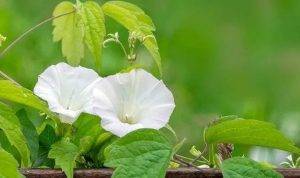
Click the Image To Enlarge
Bindweed, also known as ‘bellbind’ (Calystegia sepium), is an annoying and difficult-to-eradicate weed that can strangle young plants and suffocate others. It is a plant that twines around and strangles other plants. However, bindweed is a weed that can be eradicated and controlled.
Weed Type: Perennial
Japanese Knotweed (Fallopia japonica)
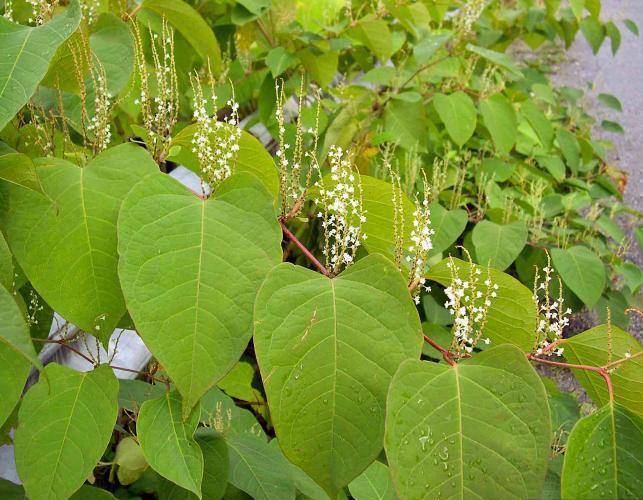
Click the Image To Enlarge
This tall bamboo-like perennial with tasselled cream flowers and fleshy pink-tinged stems has a very invasive root system. It should be noted that Japanese Knotweed (Fallopia japonica) must be disposed of in accordance with environmental legislation.
Weed Type: Perennial
Ground Elder (Aegopodium podagraria)
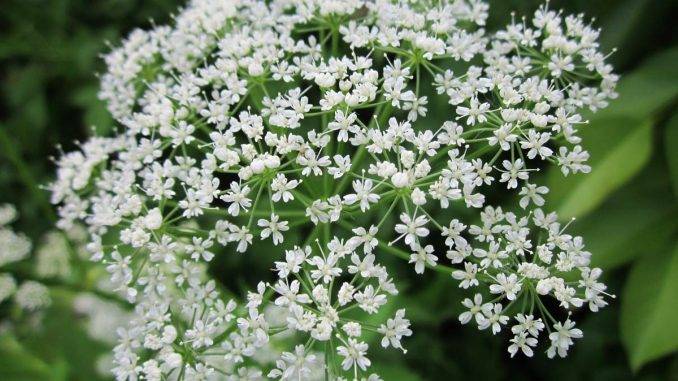
Click the Image To Enlarge
Ground Elder (Aegopodium podagraria) also known as goutweed, or bishop weed is an aggressive, hard-to-eradicate ground cover that can quickly spread and smother less-hardy growing plants in beds and borders, particularly in shaded areas.
Weed Type: Perennial
Hairy Bittercress (Cardamine hirsuta)
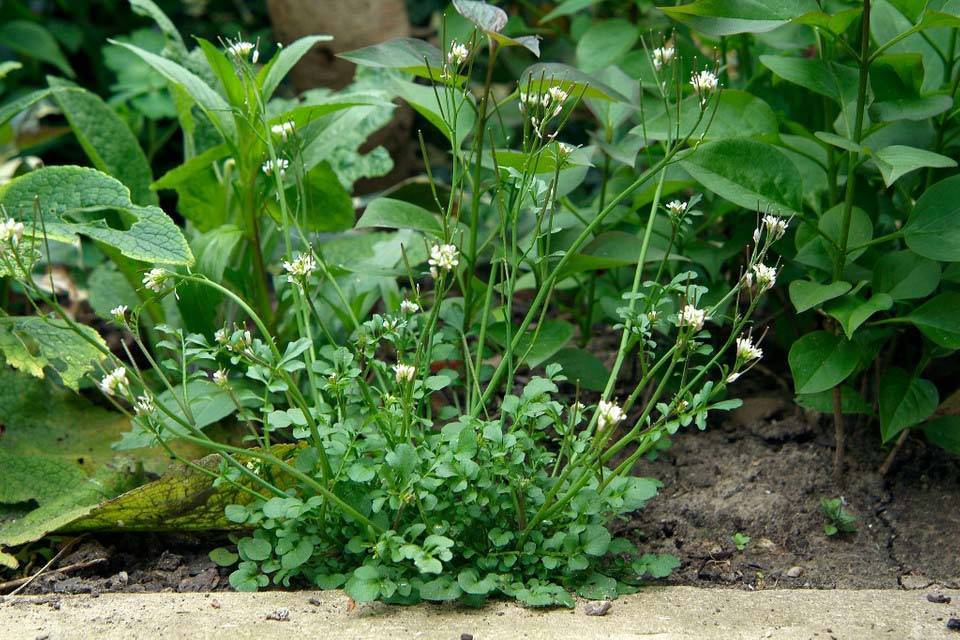
Click the Image To Enlarge
Although it is small and short-lived, Hairy Bittercress (Cardamine hirsuta), produce and disperses large amounts of seed, making it an aggravating weed. It is often unintentionally included in compost from container plants, making it difficult to eradicate in a garden.
Weed Type: Annual/Biennial
Creeping Buttercup (Ranunculus repens)
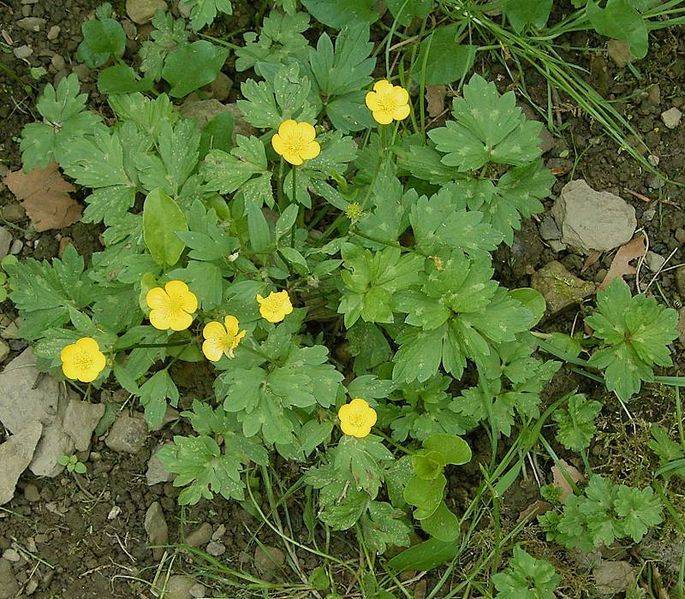
Click the Image To Enlarge
The Creeping Buttercup (Ranunculus repens) is frequently found in gardens, particularly in wet soils. It is called creeping buttercup because it is a prolific spreader if left uncontrolled, growing into a dense network of shoots, roots, and runners. Due to its bright yellow flowers that attract pollinator insects.
Weed Type: Perennial
Common Ragwort (Senecio jacobaea)
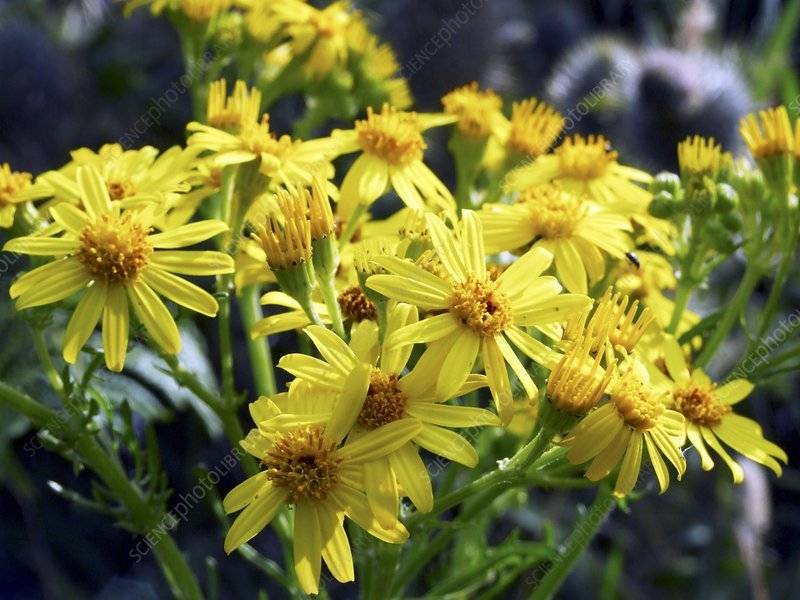
Click the Image To Enlarge
Ragwort (Senecio jacobaea) is seldom an issue on well-maintained lawns, but it is common on low-maintenance and neglected lawns. It is a biennial/annual weed that produces plenty of leaves/seeds in year one with the goal of producing a large number of flowers in year two.
Weed Type: Perennial/Annual
Common Catsear (Hypochaeris radicata)

Click the Image To Enlarge
Common Catsear (Hypochaeris radicata) is a widespread flowering weed that is frequently mistaken for a dandelion. It is most frequently found in disturbed areas, but it may also be found in lawns. Although it’s not particularly harmful, most people take it as a weed and seek to eliminate it.
Weed Type: Perennial
Daisy (Bellis perennis)

Click the Image To Enlarge
One of the most common garden weeds found in the UK is the Common Daisy (Bellis perennis) is one of the most rampant and familiar lawn and turf weeds in British gardens. It can grow in any kind of soil, and it spreads via short stolons. The flowers are particularly conspicuous, having a bright yellow centre surrounded by white petals from spring to early autumn.
Weed Type: Perennial
Stinging Nettles (Urtica dioica)
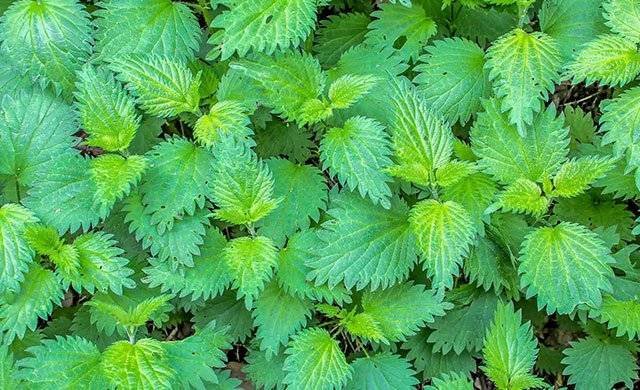
Click the Image To Enlarge
Our British butterflies often rely on nettles as a food source, and they also have several medicinal applications. However, they may rapidly overrun borders and rough terrain, compete with other garden plants and cause injury from their sharp stinging hairs. For these reasons, some gardeners may want to keep them controlled.
Weed Type: Perennial/Annual
Docks (Rumex obtusifolius)
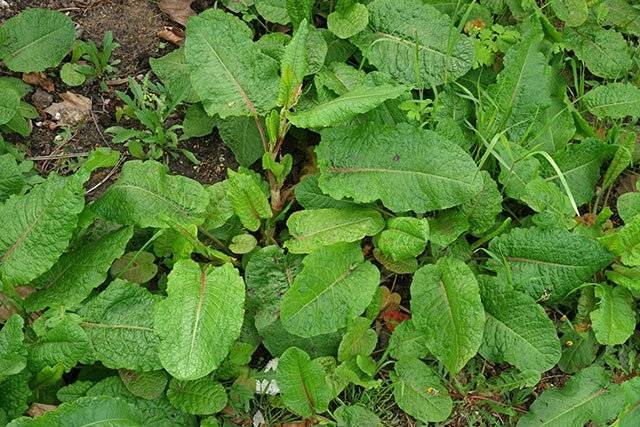
Click the Image To Enlarge
Docks (Rumex spp.) can be identified by their large leaves and unique seedheads. These plants are frequently found in gardens and are difficult to eliminate due to their very long tap roots. Their leaves are edible and may be used for herbal medicine and colouring.
Weed Type: Perennial
Hairy Crabgrass (Digitaria)
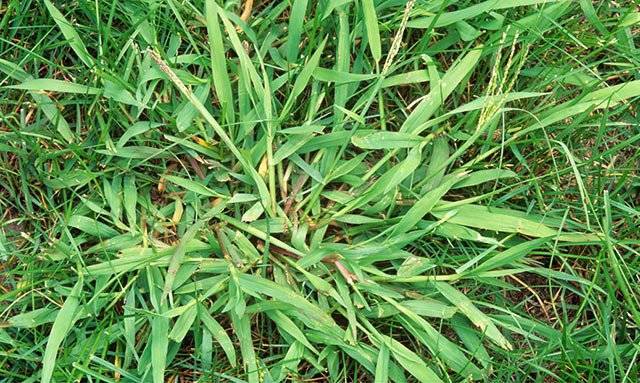
Click the Image To Enlarge
Hairy Crabgrass is a hard annual grass that appears low to the ground and has many stems. Despite its appearance of thick blades of grass, hairy crabgrass frequently avoids being cut by lawnmowers because of its location ‘close’ to the ground. Other tough annual weeds are usually unable to survive in high-traffic areas, but hairy crabgrass survives.
Weed Type: Annual
Pigweed (Amaranthus retroflexus)

Click the Image To Enlarge
Amaranthus retroflexus is an annual pigweed that appears in both cultivated areas and on waste grounds. It is believed to be native to North America but is now widespread across the world. It has been imported into the UK from many different countries, including those where birdseed is produced.
Weed Type: Annual
Red Clover (Trifolium pratense)
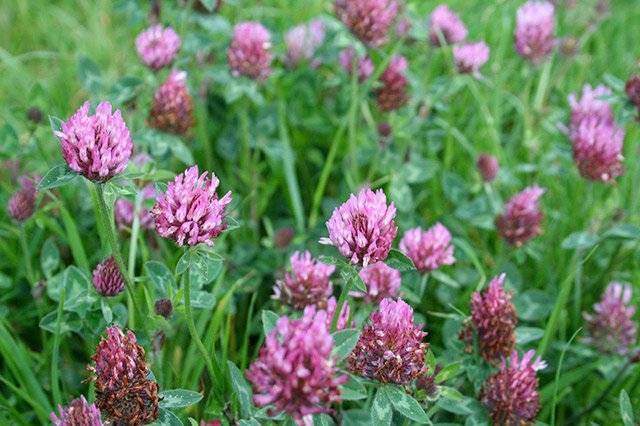
Click the Image To Enlarge
Red clover is a common weed that thrives on lawns in the United Kingdom. It grows more upright than white clover, making it easier to spot. Its flowers and leaves are also larger than those of white clover.
Weed Type: Perennial
Common Chickweed (Stellaria media)
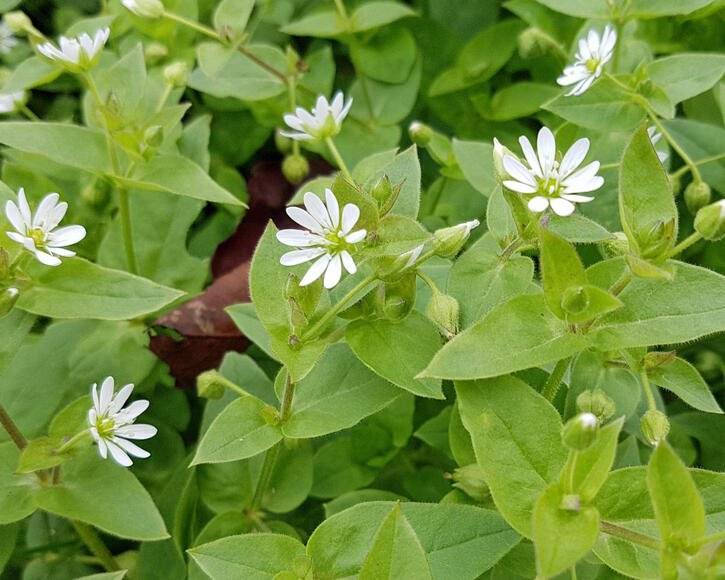
Click the Image To Enlarge
Common Chickweed is a mat-forming, rapidly rooting annual containing tiny green leaves and white starry blossoms. Although chickweed (Stellaria media) is a common weed in many fields, it may become a nuisance in areas and borders as it produces a large number of seeds year-round.
Weed Type: Annual
Lesser Celandine (Ranunculus ficaria)
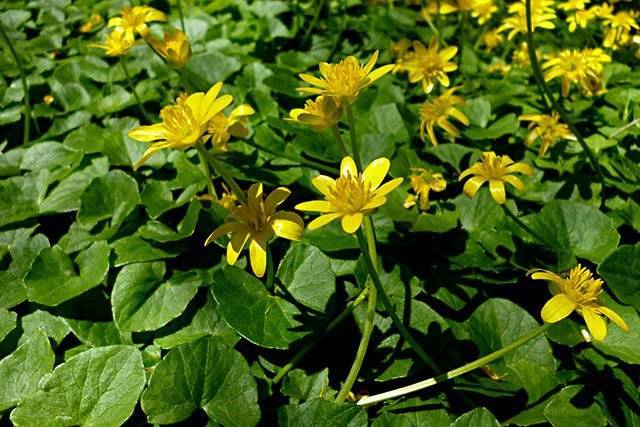
Click the Image To Enlarge
An early source of pollen and nectar, lesser celandine is a cheerful sight in spring with its shiny, buttercup yellow flowers. Its persistent tuber roots may make it an unwelcome presence in some locations, so control options may be desirable.
Weed Type: Perennial
Scarlet Pimpernel (Anagallis arvensis)

Click the Image To Enlarge
Any well-maintained lawn rarely has to deal with a Scarlet Pimpernel infestation. The plants grow from seed but last only one year. The leaves resemble those of common chickweed, another annual but Anagallis arvensis ‘square’ stems and red flowers are very distinctive indeed.
Weed Type: Annual
Groundsel (Senecio Vulgaris)
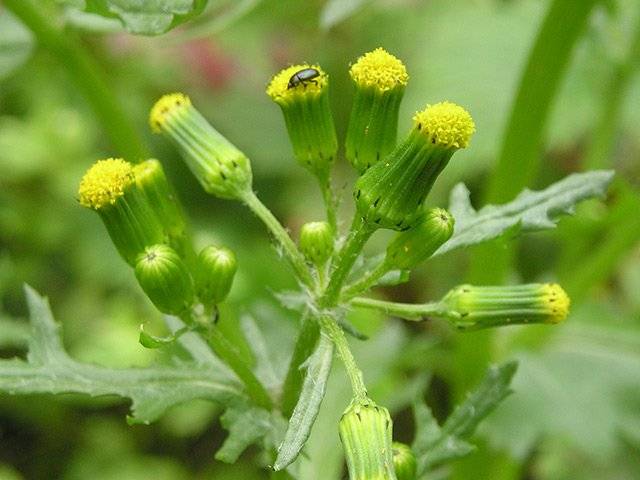
Click the Image To Enlarge
Groundsel is a weedy plant that can reach up to 2ft (60 cm) tall. Its leaves can be either slightly hairy with cotton-like hairs or smooth. Groundsel bears small yellow flowers and fluffy seed heads, as well as orange-brown pustules of rust fungus during summer and autumn. This plant can cause damage to plants if neglected.
Weed Type: Annual
Bird’s-foot Trefoil (Lotus corniculatus)
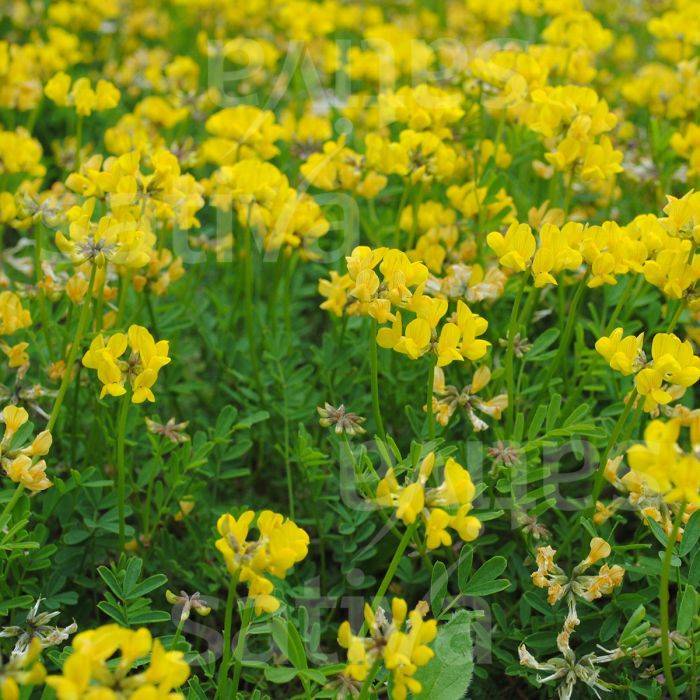
Click the Image To Enlarge
A member of the clover family, the Birds-foot trefoil can be a troublesome lawn weed. It can grow into large patches, has a deep root system, and produces both stolons and rhizomes (above – and underground-running stems), which are typical of clovers. The plant’s leaves have three leaflets on a short stalk, with two more leaflets at the base of the stalk.
Weed Type: Perennial
White Clover (Trifolium repens)
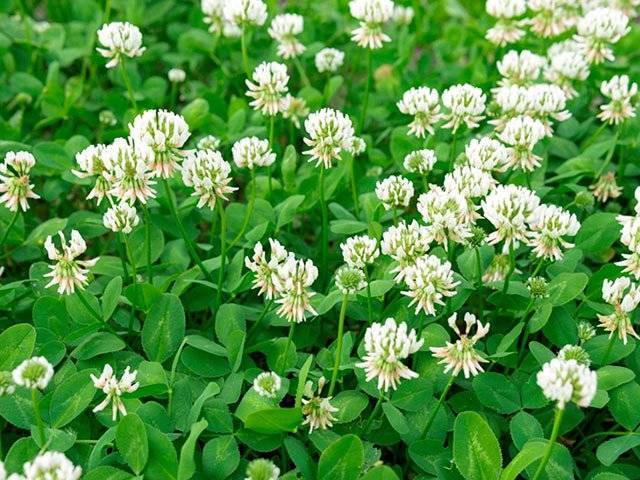
Click the Image To Enlarge
A very recognisable weed found in lawns and turf, white clover is a common lawn and turf invader. This low-growing, creeping-running weed travels across the ground and can rapidly colonise lawns and choke out the grass in a short period of time. The leaves of this plant are divided into three or four leaves, four-leafs are thought to be lucky, although the usual number is three.
Weed Type: Perennial
Common Dandelion (Taraxacum officinale)
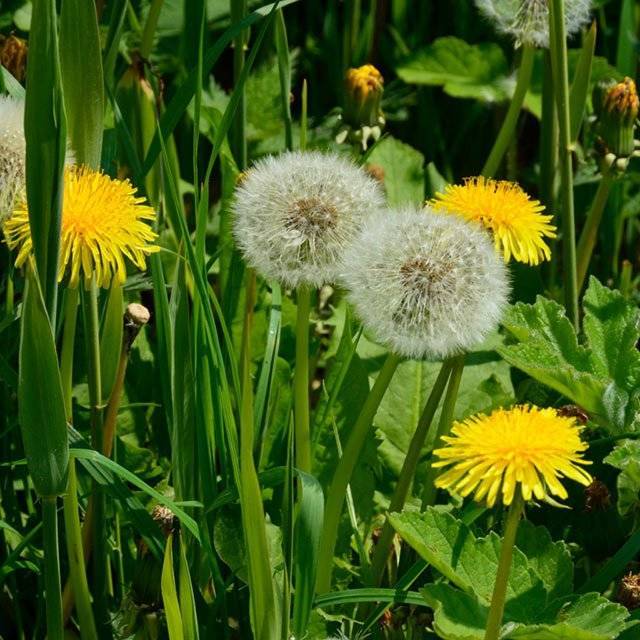
Click the Image To Enlarge
A dandelion is a widespread perennial weed that forms a large, flat rosette. The dandelion propagates from seed throughout the year, although it can be quite difficult to remove from the ground because of its lengthy, sturdy tap root. The dandelion’s health-promoting leaves are lengthy and fleshy with sharp edges and can grow to a significant size.
Weed Type: Perennial
FAQ’s
Can Weeds Be Beneficial For My Garden?
Yes, some weeds can be beneficial for your garden, as they can help improve soil health and provide habitat for beneficial insects and wildlife. Some weeds, such as clover and dandelions, can fix nitrogen in the soil and improve soil fertility.
However, it’s important to manage weeds carefully to prevent them from becoming invasive and competing with your garden plants.
Are There Any Edible Garden Weeds In The UK?
Yes, there are several edible garden weeds in the UK that can be used in cooking or eaten raw. According to the Royal Horticultural Society (source: rhs.org.uk), some edible garden weeds include chickweed, dandelions, nettles, and sorrel.
These weeds can be high in nutrients and add flavour and variety to your meals. However, it’s important to properly identify edible weeds and avoid consuming any plants that may be toxic or harmful.
How Do I Prevent Weeds From Spreading In My Garden?
Preventing weeds from spreading in your garden can be challenging, as many weeds produce seeds that can be carried by wind, water, or animals.
Some effective methods include removing weeds before they produce seeds, covering the soil with mulch or landscape fabric to prevent weed growth, and maintaining healthy soil and plants to reduce weed growth. It’s also important to avoid spreading weed seeds by cleaning tools and equipment after use and avoiding composting weed seeds.
Conclusion
Many gardeners find themselves wondering what is the most common weed found in the garden and how to get rid of it. A quick search on the internet will bring up many articles and websites explaining each of these common weeds in more detail.
The purpose of this article is to identify and explain the most common types of garden weeds found in the UK, as well as provide some tips on how to deal with them.
With that said, here is a list of 20 common garden weeds found in the UK.
Check out our FAQ page for answers to more of your gardening questions and queries.
